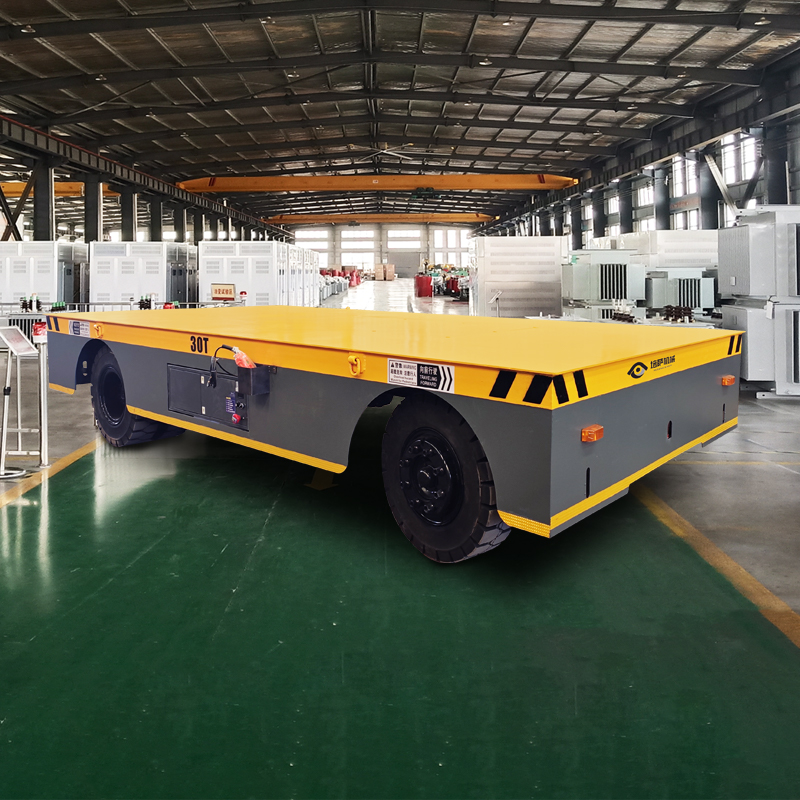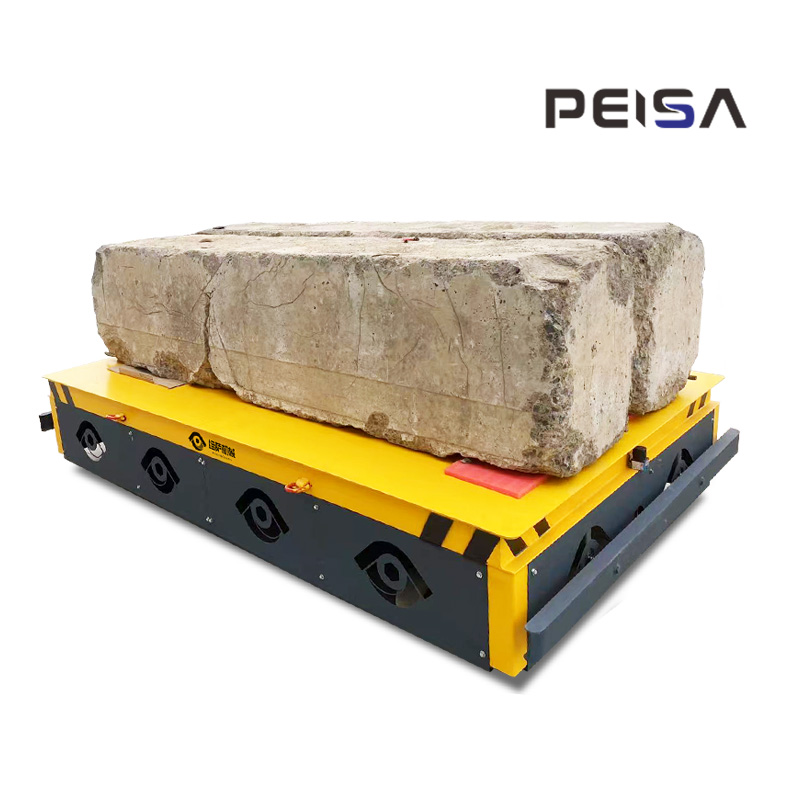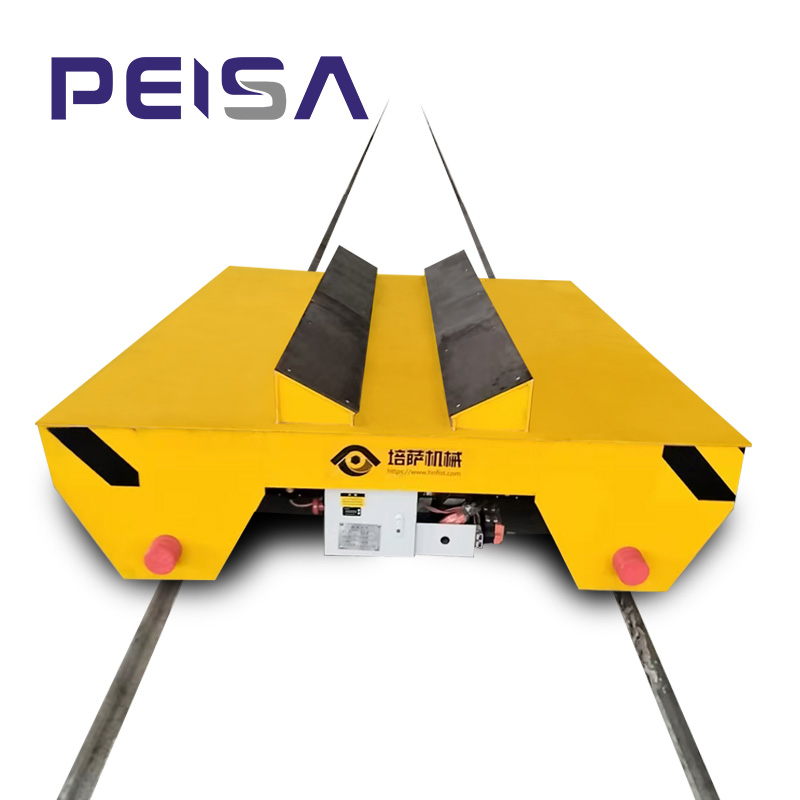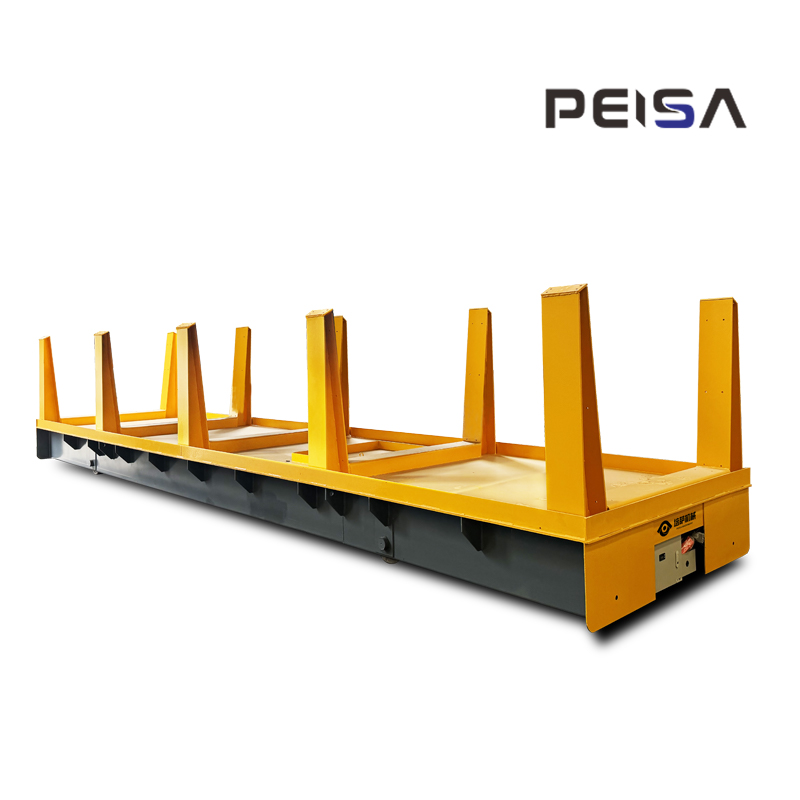Electric Trackless Transfer Cart Failures, Responses, and Services
- 2020-06-23
- View 29
In industrial transportation scenarios, the electric trackless transfer cart plays a key role but may occasionally encounter minor problems. However, there’s no need to worry, as understanding the cause of the failure can quickly resolve the issue.
Load Failure: Due to poor sealing under the flat car, impurities can easily enter the system. Once inside, they can significantly reduce operational accuracy and cause internal components to overheat, suffer from a lack of lubricating oil, or fail. If this occurs, professionals need to carefully disassemble and repair the system to restore the equipment to its optimal condition.
Rotary Reducer Issues: Sometimes, the rotary reducer may become "stuck," making disassembly and assembly difficult, and causing a drop in full-load power. This is usually due to the reducer's power being too large, causing the temperature to rise during operation and hindering the system from functioning normally. This significantly affects the performance of the reducer system. The solution is to accurately adjust the reducer to match the operating requirements.
Difficult Disassembly After Long-Term Use: Over time, the electric trackless transfer cart may become deformed in several places, and the pallet surface may be seriously damaged. The space for removing the fixing bolts underneath becomes narrow, and jamming may occur. This requires operators to have excellent skills and specialized tools during maintenance.

In response to these issues, Peisa Machinery Company fully protects the rights and interests of its customers by implementing a "three guarantees" service (guaranteeing repair, replacement, or refund) for electric trackless transfer carts. We will not stop until the quality problems are resolved. Our after-sales service team also provides voluntary technical consultations and training, answering all product-related questions at any time to ensure that every user is satisfied and reassured.



